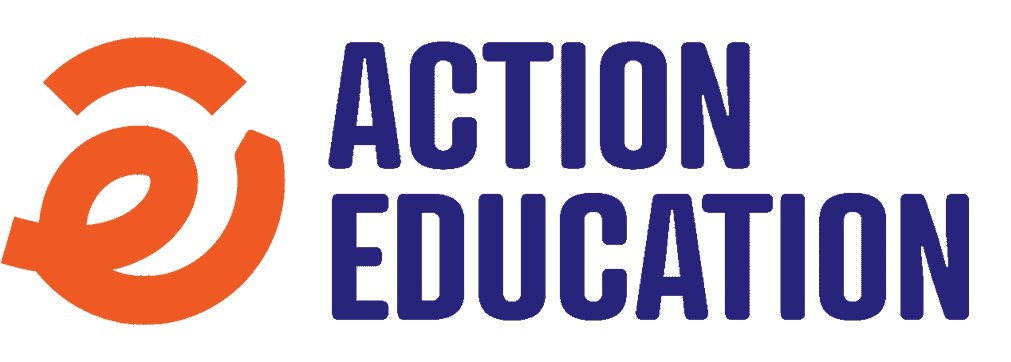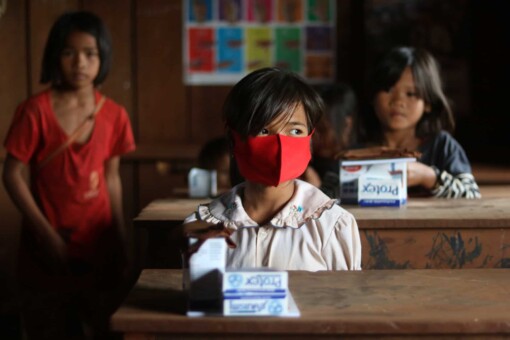Education in the world in figures

Do all children go to school? How many are really learning? Are there enough teachers? Find out the answers to these questions through some key figures on education worldwide and the state of its maintenance since the COVID-19 crisis.

1 in 6 children
in the world cannot read or write, that is 617 million children (UNESCO 2018)
million adults (including 63% women) are illiterate (UNESCO 2019)
million children, adolescents and young people worldwide are not in school (UNESCO 2018)
million young people leave school without basic skills (Save The Children 2019)
There will be a shortfall of 68.8 million teachers by 2030 to provide every child with access to primary and secondary education: 24.4 million primary teachers and 44.4 million secondary teachers (UNESCO, 2016).
International aid to education is expected to decline by 12% by 2022 and to fall by $2 billion as a result of the COVID-19 pandemic (UNESCO, 2020).

COVID-19: a disaster for global access to education
The economic and social crisis, born of the pandemic, hit the poorest countries hardest and quickly became an additional obstacle to access to quality education for all.
Nearly 91% of young people denied education
In March-April 2020, at the height of the pandemic, 1.6 billion children, including 767,000 girls, were deprived of education in the world. That is almost 9 out of 10 children.
4 out of 5 countries have implemented distance learning during the closure of schools but nearly 500 million children were left behind excluded from education.
Of these, more than 465 million children did not have access to the internet, while most distance learning (more than 60%) was done on platforms (UNESCO, 2020).
millions of children at risk of not returning to school
Education for all compromised
In 2015, 193 states committed to ensuring that by 2030 access to free, inclusive, quality education for all. This is goal 4 of the 17 Sustainable Development Goals (SDGs) adopted by the United Nations.) In total, it is estimated that 3,000 billion dollars a year will be needed to provide education for all in low- and middle-income countries by 2030 (Save The Children, 2020). But the COVID 19 pandemic, which has led to the worst recession since the Second World War (-4.9% in 2020), is seriously compromising the achievement of this objective (World Bank, 2020).
To date, at least 24 million children, including 11 million girls, from pre-primary to tertiary education, may never return to school due to the rise in poverty associated with VCT-19 (UNESCO, 2020).
Children returning to school may not be able to catch up. More than 7 in 10 children in low- and middle-income countries (compared to more than 5 in 10 before the pandemic) cannot read or understand a simple story by the end of primary school (UNESCO, 2020).
Putting education back at the heart of our priorities
The economic consequences of the COVID-19 pandemic are having an impact on international aid to education worldwide: after reaching an all-time high in 2018, it is expected to fall by 12% by 2022 and decrease by $2 billion.
The levels reached in 2018 may not be reached again until 2026, 6 years later.
(UNESCO, GEM Report, August 2020)

